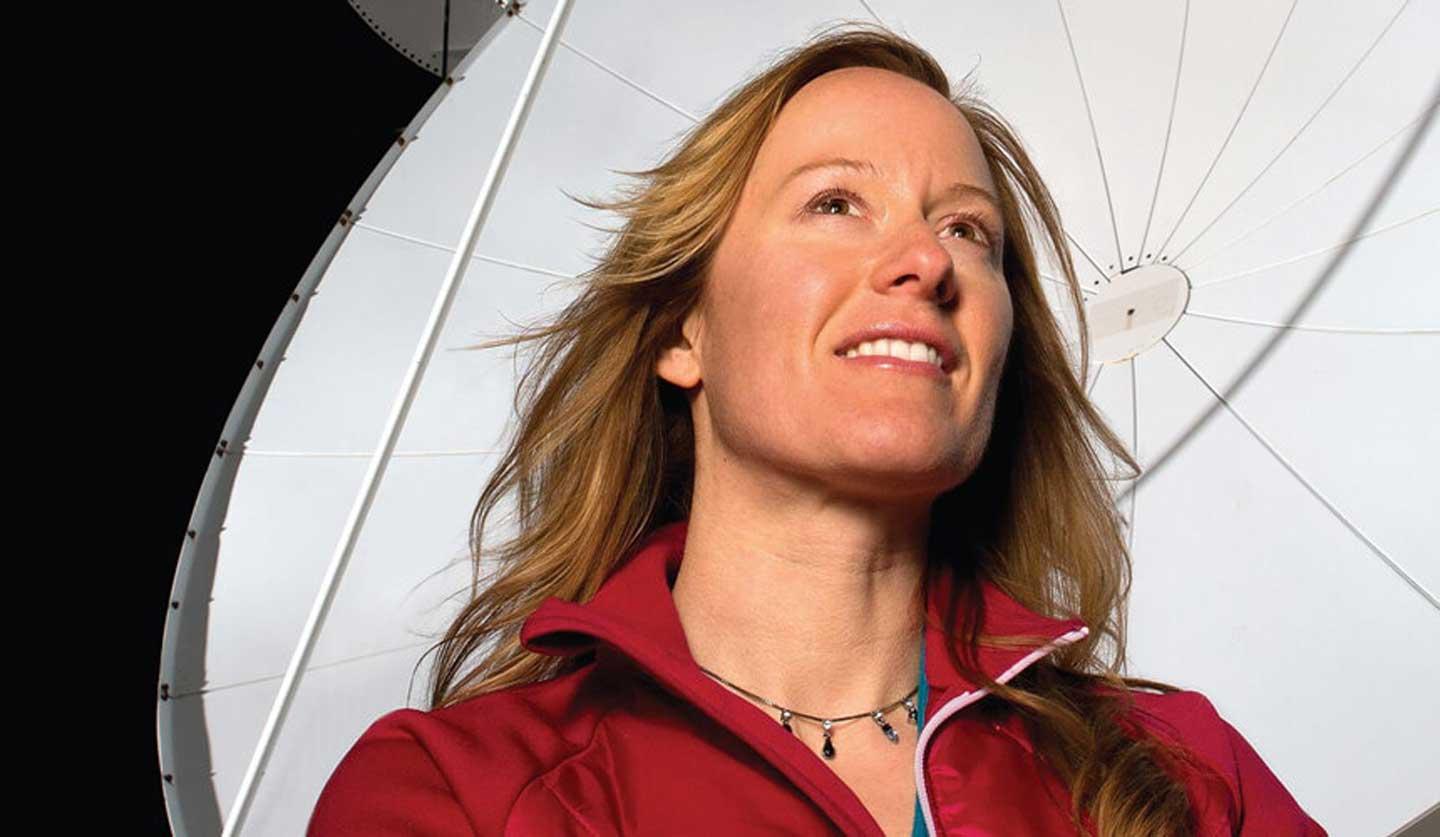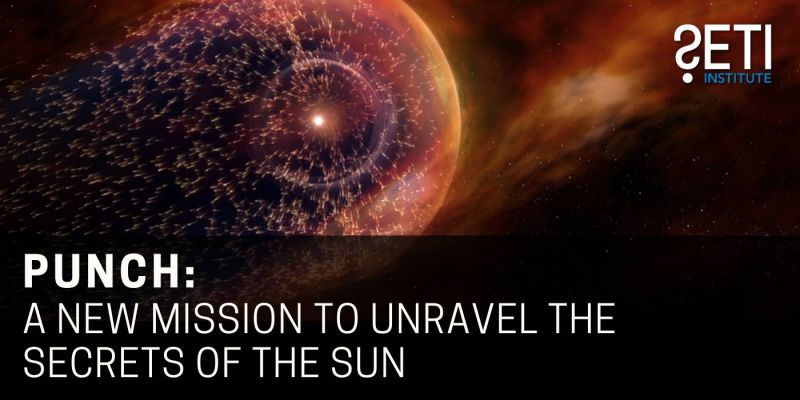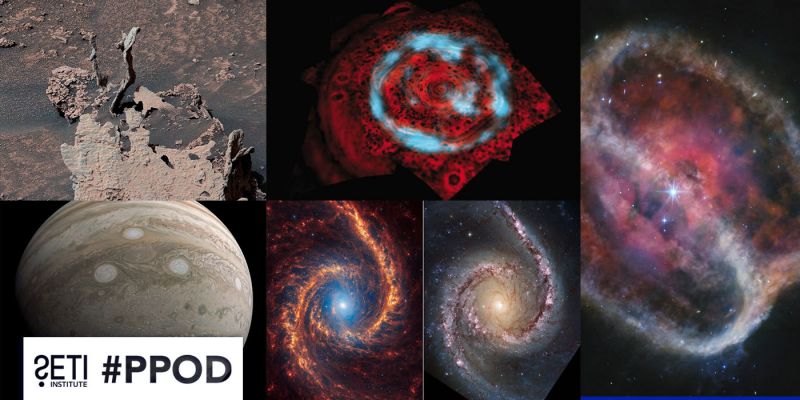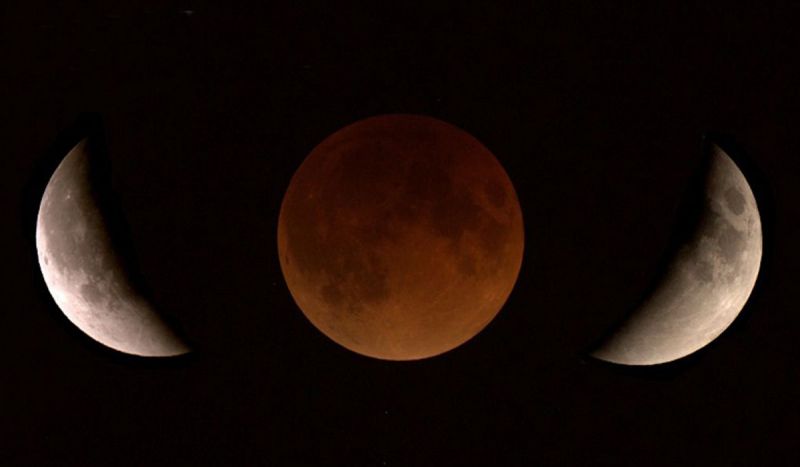
The NASA Astrobiology Institute (NAI) announced the creation of the Maggie C. Turnbull Astrobiology Early Career Service Award, named for SETI Institute research scientist and astrobiologist Dr. Margaret Turnbull. The Conveners of the 2018 Astrobiology Graduate Conference and the Berkeley SETI Research Center created the award in honor of Turnbull, who founded the Astrobiology Graduate Conference. Now in its 14th year, the event serves as an opportunity for networking and collaboration among the early career astrobiology community. The 2018 ABGradCon took place June 4-8, 2018.
- NASA Astrobiology Institute: Maggie C. Turnbull Astrobiology Early Career Service Award
- SETI.org: Margaret Turnbull
 NASA’s Mars Curiosity Rover Reveals Promising Signs, But No Aliens Yet
NASA’s Mars Curiosity Rover Reveals Promising Signs, But No Aliens YetNASA announced recent findings developed from the Curiosity Rover’s data, which indicate the presence compounds necessary for life, as well as seasonal variations in methane in the atmosphere. While neither of these studies, recently published in the journal Science, prove the actual presence of life on Mars, they nonetheless hint at the possibility of carbon-based microbial life that existed, or still exists, on the red planet. The presence of methane is particularly exciting to astrobiologists, since although it can be produced through geological processes, on Earth the vast majority of methane is produced biologically. Still, scientists caution that more research must be done and the data has yet to provide conclusive proof of life on Mars. Business Insider spoke to the SETI Institute’s Senior Astronomer, Seth Shostak, about the findings:
"Chemical evidence, we've been through that before. Even the Viking landers got fooled by some chemical reactions in the dirt," Shostak told Business Insider, referencing the NASA Mars mission from the 1970s.
But he added that it's always gratifying for scientists to learn more about Mars.
"It takes us, maybe, a little bit farther down the yellow brick road in the direction of finding out whether Mars has biology, or ever did have biology," he said. "Knowing more doesn't hurt you, ever."
Astrobiologists and planetary scientists at the SETI Institute have been actively involved in developing life detection protocols and determining potential habitability for candidate landing sites. You can learn more about the work of SETI Institute scientists on our website, SETI.org.
- Business Insider: The case for alien life on Mars just got stronger, thanks to NASA's Curiosity Rover
- Science: Background levels of methane in Mars’ atmosphere show strong seasonal variations
- SETI.org: Mars
- SETI.org: Planetary Exploration
- SETI.org: Astrobiology
 Frank Drake, SETI Pioneer, Tells HBO’s VICE Why He Searches
Frank Drake, SETI Pioneer, Tells HBO’s VICE Why He SearchesHBO’s VICE recently aired an episode featuring Frank Drake (a snippet of which can be viewed on VICE News’s Facebook page) discussing his scientific work and the eponymous Drake Equation, which posits the variables relevant to predicting the number of technologically advanced civilizations that exist in the Milky Way galaxy. Frank Drake, who serves as Chair Emeritus on the Board of Trustees of the SETI Institute, is frequently regarded as the “father of SETI science” for his pioneering early experiments in the field. VICE’s Motherboard presented a brief history of the work of Drake, and others, in the search for extraterrestrial intelligence – a search that has seen its share of challenges, especially when it comes to securing consistent funding. Despite the obstacles, the work begun by Drake and others - striving to understand the nature of life in the universe – remains central to the SETI Institute’s mission, and continues to be a subject of fascination for the public. Seth Shostak, Senior Astronomer for the SETI Institute, told VICE:
"It's all driven by curiosity. That sounds frivolous, but it's not. It's very easy to show that societies which don't have that curiosity disappear rather quickly—so the long term benefits are high. You never know what it's going to lead to."
Project Ozma, the first attempt to detect interstellar radio transmissions, took place at the National Radio Astronomy Observatory in Green Bank, West Virginia, in 1960. To this day, the area around the observatory is designate a National Radio Quiet Zone, which places heavy legal restrictions on radio transmissions. As a result, Green Bank is without devices that emit electromagnetic energy – no microwaves, televisions, Wi-Fi, or cell towers. A new book of photographs, titled “The Drake Equation”, highlights the juxtaposition of incredible technology with scenes of uncommonly provincial life in rural America, and the unusual mix of people drawn to the region.
You can read more about Frank Drake, the Drake Equation, and the history of SETI research on our website, SETI.org.
- VICE: A Brief History of Scientists Searching for Extraterrestrial Life
- Facebook: The Father Of the Search For Extraterrestrial Intelligence: VICE on HBO
- Oxford American: The Quiet Zone
- The Roanoke Times: Green Bank Telescope searches space while dealing with earthly threats
- SETI.org: Drake Equation: 55 Years Old
- SETI.org: Early SETI: Project Ozma, Arecibo Message
Last week’s episode featured an encore of Time on Your Side, where we explore the nature of aging and the debate the nature of time itself. This week, explore the planets of our solar system like never before as new technologies illuminate these strange worlds, in Imagining Planets.
On last week’s Facebook Live, SETI Institute research scientist and Director of Optical SETI, Elliot Gillum, clued Senior Planetary Astronomer Franck Marchis and viewers in on the status of LaserSETI, an audacious project aimed at placing specialized cameras around the globe to look for laser flashes from deep space. Our previous episode featured a conversation on astrobiology research and the next generation of Mars rover missions with SETI Institute scientist Pablo Sobron and SETI Institute CEO Bill Diamond.
Videos of all past Facebook Live events can be found on our Facebook page: https://www.facebook.com/SETIInstitute/
- SkeptiCal Con: June 10, Berkeley, CA Seth Shostak to speak
- The Drake Award: June 14, Menlo Park, CA Victoria S. Meadows will be presented with the SETI Institute’s Drake Award and speak about her work
- Alien Con 2018: June 15-17, Pasadena, CA Seth Shostak to speak
- Astrobiology Australasia Conference 2018: June 25-26, Rotorua, New Zealand Seth Shostak to speak
- Spacefest IX: July 5-8, Tucson, AZ Seth Shostak will be a featured speaker
- 14th Quadrennial Solar-Terrestrial Physics Symposium: July 9-13, Toronto, Canada Meng Jin, SETI Institute Research Scientist is one of the invited speakers
- COSPAR 2018: July 14-22, Pasadena, CA Seth Shostak to present “Red Dwarf Star Survey with the ATA”
- WorldCon 76: August 16-20, San Jose,CA Franck Marchis to participate in a paenal discussion.
- International Astronomical Union: August 20-31, Vienna, Austria Franck Marchis, SETI Institute Senior Scientist will speak about adaptive optics and the Unistellar eVscope





